Asus unveiled the Zenfone 5Z as the company’s new flagship during the Mobile World Congress event in Barcelona earlier this year and has now been launched in India. The company claims that the device will be the cheapest smartphone to hit the shelves sporting Qualcomm’s Snapdragon 845 chipset after it went on sale in Europe last month.
With a price under Rs 30,000, the Zenfone 5z will be a direct competitor to OnePlus 6 which was announced in May that’s priced at Rs 34,999 in India. Both handsets are configured similarly on the inside with quite a few similarities on the outside due to the large screens, minimal bezels, the notch on the top and a glass sandwich design which has been the norm for mid-to-high end smartphones. Let’s take a look at these two mid-level smartphones and see for ourselves if a user does need to pay double this price for a high-end flagship.
You Might Also Like
[[VIDEOID=1318]]
Build & Design:
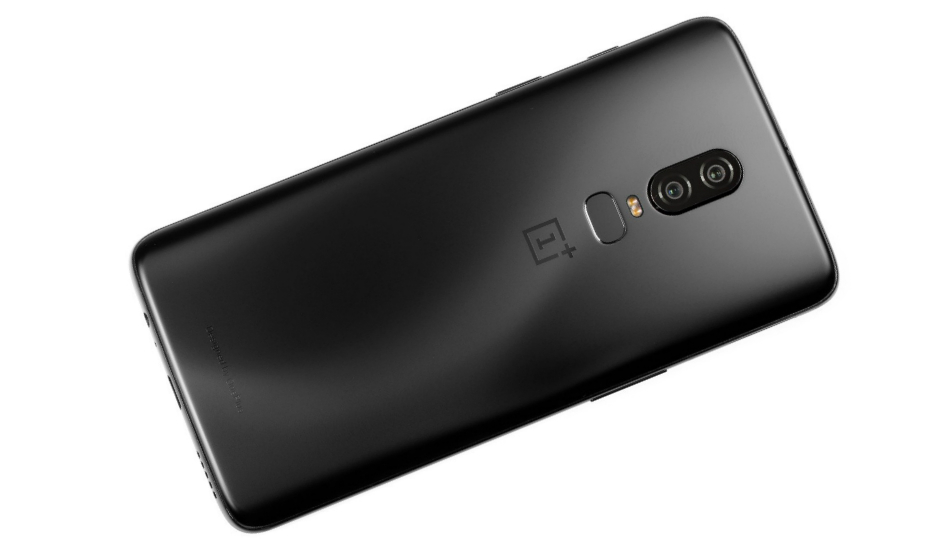
Of the many things OnePlus 6 offers, the all-glass design made of Gorilla Glass 5 is something that differentiates the device from its predecessors. While the form factor of the phone remains the same as that of the OnePlus 5T, the display now has a bezel-less front which when switched off is entirely black without giving a hint of the presence of the notch at the top. The phone comes in four variants; the “Mirror Black” version offers a shiny and glossy finish, “Midnight Black” model offers more of a classic matte texture, a Silk White version with gold accents and a new Red Edition. The camera module is placed adjacent to the fingerprint sensor at the back in such a way that it resembles the setup at the back of the Galaxy S9 Plus.
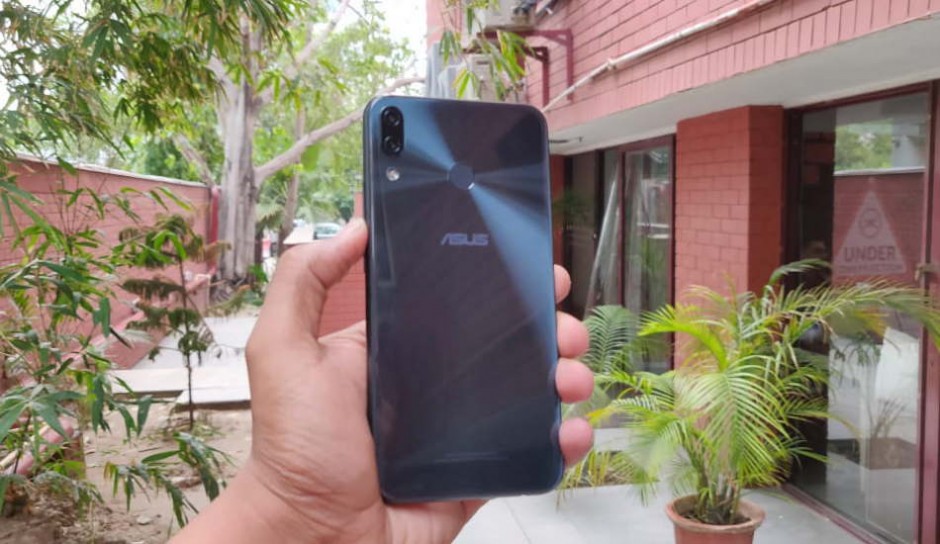
The design on the Zenfone 5z excels with a shiny glass sandwich design that glues in two curved Gorilla Glass panels onto an aluminium frame which is a lot glossier and brings with it smudges and fingerprints on all corners of the front and back. But resembling any other high-end phone, the glass panel is sturdy yet lightweight and throws the iPhone X kind of vibe even from the back of the phone which equips the vertically placed camera module like that of the Apple flagship. The two colours: Meteor Silver and Midnight Blue are a candy to the eye alongside the sandblasted aluminium frame which makes it grippy and feels pleasant in-hand. The texture on the back also gives an X-like reflection that revolves around the fingerprint scanner making it more appealing.
Winner: Asus Zenfone 5z
Display:
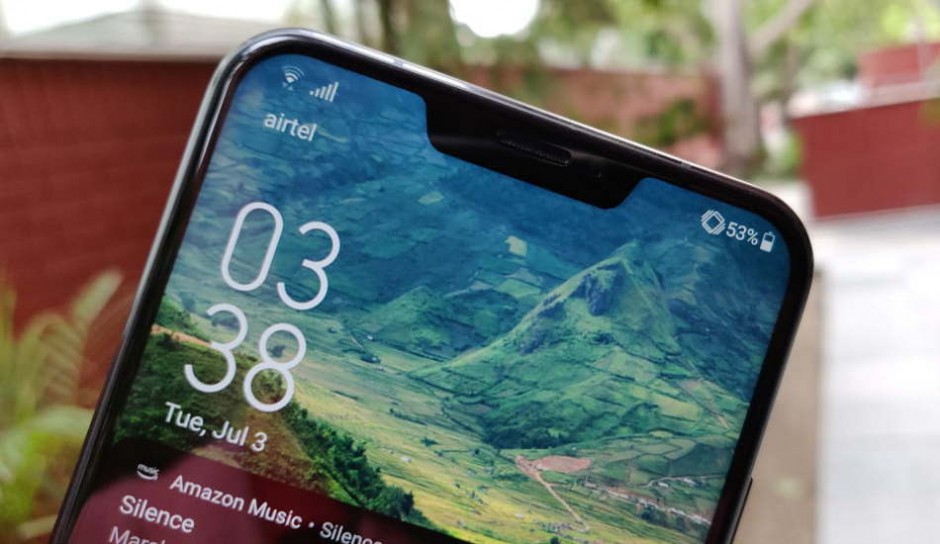
The Zenfone 5z features a 6.2-inch full-HD+ LCD screen with an iPhone X-like notch and a Resolution of 1080×2246 pixels. The screen covers 95% of DCI-P3 colour gamut with 83.6 percent screen-to-body ratio that spans on an elongated 18.7:9 aspect ratio on the front. While seemingly reducing the presence of bezels on the edges and at the top, the 5z even has a smaller notch than the iPhone X and thus ticks all the boxes for a high-end smartphone of 2018.
The OnePlus 6 comes with a slightly larger 6.28-inch Optic AMOLED screen FHD+ display with a resolution of 1080 x 2280 pixels and a similar screen-to-body ratio of 83.8 percent. The device comes with rounded corners and a notch inside of which OnePlus has employed an earpiece, camera, ambient light and proximity sensors, as well as a notification, LED which is quite impressive considering the size of the cutout is significantly smaller than that of the Zenfone device. Owing to the extra 0.08 increase in size the display is thus a 19:9 aspect ratio-clad screen which is great to be held during the most part of the day.
Winner: OnePlus 6
Hardware:
On the innards, both the Zenfone 5z and OnePlus 6 are powered by the same Qualcomm octa-core Snapdragon 845 chipset clocked at 2.8GHz with Adreno 630 graphics, up to 8GB of RAM and 256GB of internal storage. Connectivity options are provided by a USB Type-C port, WiFi, Bluetooth v5.0 LE, GPS, GLONASS. There will be no issues of lag whatsoever since both these devices are powered by top-of-the-line chips with more than adequate memory to last you through the day without a hiccup.
Winner: Both, being identical.
Software:
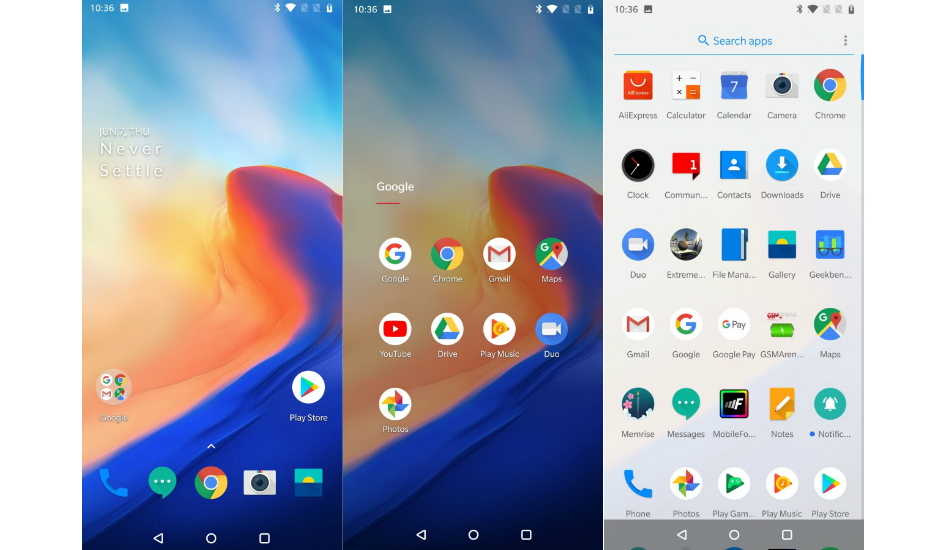
The OnePlus 6 offers a near-to-stock Android Oreo experience with regular updates as well as a clutter-free homescreen. The “pure” Android also does a great deal of smoothness to the device. Users can now replace the stock on-screen buttons for gesture navigation that works a lot like the one on the iPhone X. Although not as stable and smooth like on the Apple device, the gestures on the OP6 leave you with an immersive full-screen experience to cherish.
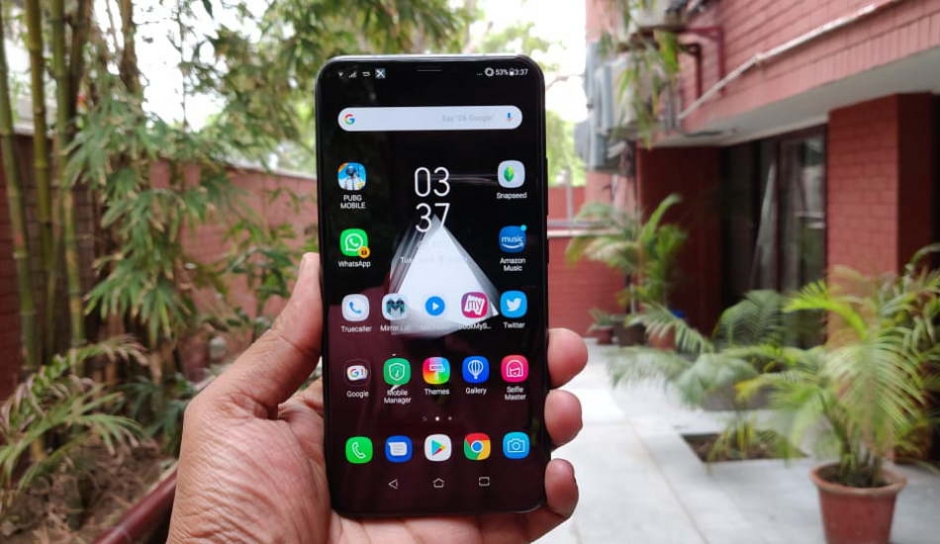
Having been criticised a lot in the past few years, Asus’ ZenUI has lately been praised for offering a near stock version of Android and the newer ZenUI 5.0 speaks for itself. The interface which runs on top of Android 8.0 Oreo, is now more refined with minimum bloatware, added gestures for navigation and a ton of AI features. AI Boost will be Asus’ way of reassuring more power when using the smartphone for extreme gaming scenarios and takes a lot of talking points from Huawei’s GPU Turbo. There’s also AI Photography, AI Display and AI Ringtone with the addition of ZeniMoji which will be Asus’ version of Apple Animoji.
Winner: Asus Zenfone 5z
Camera:
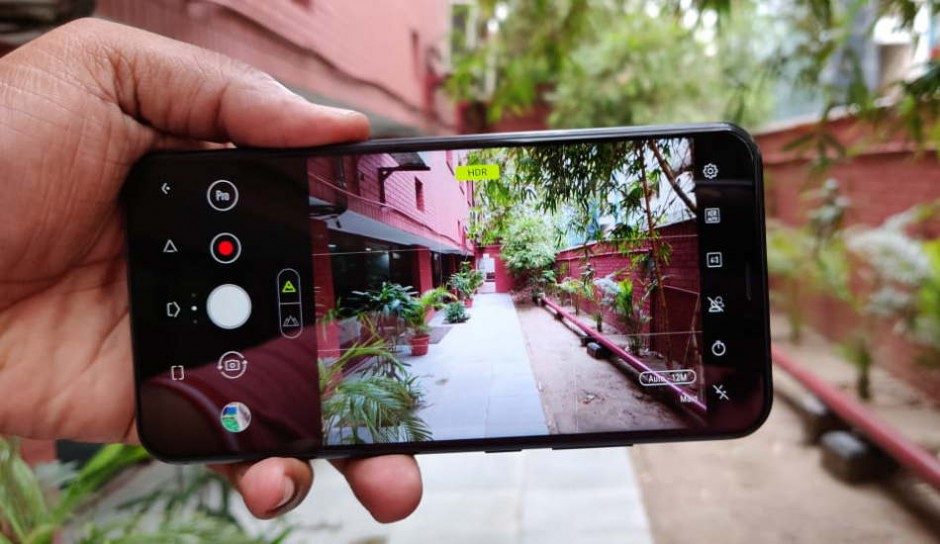
Asus is employing a dual camera setup for primary imaging purposes the Zenfone 5z which is highlighted by the 12 MP (f/1.8, 24mm, 1/2.55″, 1.4µm, PDAF) + 8 MP Wide-Angle (f/2.0, 12mm, 1/4″, 1.12µm) lenses at the back which make use of dual Pixel phase detection autofocus, electronic image stabilisation. With a strong chipset, the 5z will be able to shoot 4K videos at 30fps while recording 1080p videos at 60/120 FPS and slow-motion footage at 240fps. While the setup looks promising, it remains to be seen how the Asus device performs side-by-side with the OnePlus 6 but surely gains points for AI Photography which allows photo learning, scene detection, Portrait mode and beautification.
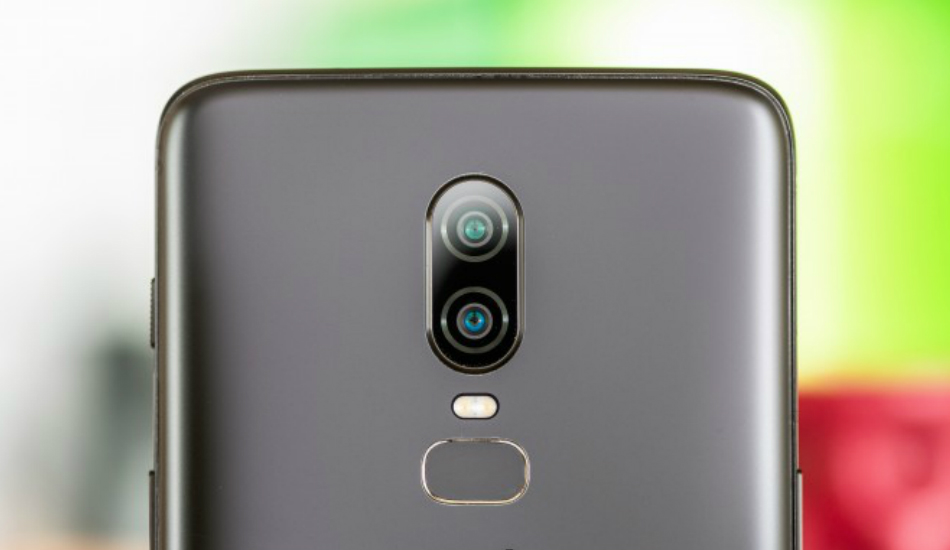
On the other hand, the OnePlus 6 has the best camera setup among any OnePlus phone with dual 16 MP (f/1.7, 27mm, 1/2.6″, 1.22µm) + 20 MP (16 MP effective, f/1.7, 1/2.8″, 1.0µm) lenses which are powered by optical as well as electronic image stabilisation. Having already made an impression in the market, the device is a solid performer with decent colour saturation, balance, sharp details and good dynamic range. Users will be able to record 4K videos at 60 fps, 1080p videos at 240 fps and slow-motion videos of 720p resolution at 480 fps. The Portrait mode offers a ton of detail and a smoother transition from subject to the background, which is blurred with a satisfactorily good amount of depth of field. OnePlus wins this round for providing larger Sensors for imaging and higher frame rates that allow room for an ultra slow-motion experience.
Winner: OnePlus 6 for videos, Zenfone 5z for still photography.
Battery:
Both the OnePlus 6 and Zenfone 5z are fuelled by a 3,300mAh battery which combining with the Snapdragon 845 chipset will be able to provide a whole day of usage. Where these two differ simply comes down to the Fast charging capabilities where the Zenfone takes a beating by offering a 9V/2A 18W fast charging. OnePlus known for being the quickest way to charge a smartphone provides the OP6 with a 5V/4A 20W Dash Charge adapter which the company claims to supply “a day’s power in half an hour.”
Winner: OnePlus 6
Verdict:
The OnePlus 6 comes in at a price tag of Rs 34,999 and boasts of flagship specifications that don’t compromise on the design either. The phone packs a well saturated narrow 6.28-inch display with several options to choose from including Midnight Black, Pearl White, and Mirror Black back panels. The software side offers the “purest” Stock Android experience with gesture controls like the iPhone X and a responsive facial recognition system all of which previously made OnePlus 6 the whole package at the sub Rs 40k category.
The Asus Zenfone 5z is everything OnePlus 6 offers and a little more and is quite different from any other Asus phone there is. Along with flagship specifications, massive storage and adequate battery, the 5z offers a new near-to-stock Android experience which with Asus’ own additions like gestures and navigations make it, even more, easier to use. There’s a new AI Boost mode for gaming with other AI features that strengthen the imaging capabilities of the dual camera setup at the back. All of this is carefully packed inside a gorgeous glass sandwich design that’s attracting at any angle and is sturdy as well. With direct competition to the OnePlus 6, the device is expected to be priced similarly and if that’s so, the fight would come down to a user’s personal design choices. And possibly any special offering on the services side, be it insurance, screen replacement etc. We are betting here that ASUS might surprise you.

